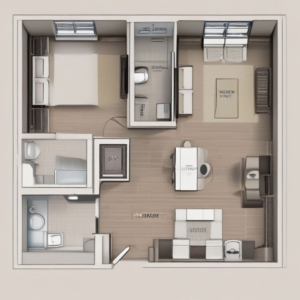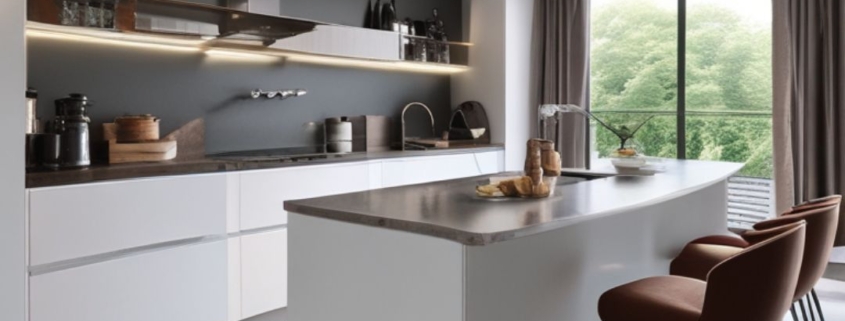Space Planning and How We Can Help
 Space planning, often overlooked in the broader context of design, holds a pivotal role in shaping environments that are not only aesthetically pleasing but also highly functional and efficient. Whether it’s an office, a home, or a commercial establishment, thoughtful space planning can significantly impact how people interact with and experience a space. Here’s why space planning deserves attention and careful consideration in any design project.
Space planning, often overlooked in the broader context of design, holds a pivotal role in shaping environments that are not only aesthetically pleasing but also highly functional and efficient. Whether it’s an office, a home, or a commercial establishment, thoughtful space planning can significantly impact how people interact with and experience a space. Here’s why space planning deserves attention and careful consideration in any design project.
Optimizing Functionality
One of the primary goals of space planning is to optimize functionality. This involves analysing how a space will be used and then strategically allocating areas for specific activities. In an office, for instance, effective space planning ensures that workstations are situated in a manner that promotes productivity and collaboration. In a home, it might involve creating zones for relaxation, dining, and work, each with its own distinct ambiance and practical layout.
By understanding the unique needs of the users and the activities that will take place within the space, designers can arrange furniture, circulation paths, and amenities in a way that maximizes usability. This not only enhances convenience but also improves the overall user experience, leading to higher satisfaction and efficiency.
Improving Flow and Circulation
Good space planning takes into account the flow of movement within a space. Whether it’s ensuring smooth traffic patterns in a retail store or creating workable stations in your home, well-planned layouts minimize congestion and confusion. This is particularly important in high-traffic areas where ease of movement can impact operational efficiency and user satisfaction.
In residential spaces, thoughtful circulation planning can enhance privacy and comfort by strategically placing bedrooms away from noisy areas or creating seamless transitions between indoor and outdoor living spaces. This attention to flow contributes to a sense of harmony and coherence, making the space feel more inviting and accessible.
Enhancing Safety and Accessibility
Space planning also plays a crucial role in ensuring safety and accessibility for all users. Designing with universal accessibility in mind ensures that individuals with disabilities can navigate the space independently and comfortably. This might involve incorporating wider doorways, accessible ramps, and ergonomic furniture placements that accommodate diverse physical abilities.
Moreover, effective space planning considers safety regulations and guidelines, particularly in commercial settings where compliance with building codes is essential. By anticipating potential hazards and integrating appropriate safety measures into the design, designers can create environments that prioritize the well-being of occupants.
 Promoting Sustainability
Promoting Sustainability
Another benefit of thoughtful space planning is its potential to promote sustainability. By optimizing spatial layouts and maximizing the efficiency of resources such as natural light and ventilation, designers can reduce energy consumption and minimize environmental impact. This might involve positioning windows to maximize daylight penetration, using energy-efficient appliances, or incorporating materials with low environmental impact.
Furthermore, effective space planning allows for flexibility and adaptability over time. Spaces that can be easily reconfigured or repurposed in response to changing needs reduce the need for extensive renovations or new construction, thereby conserving resources and reducing waste.
Conclusion
In conclusion, space planning is not merely a technical aspect of design but a critical process that shapes the functionality, efficiency, and overall experience of a space. By carefully analysing user needs, optimizing layouts, and prioritizing safety and sustainability, designers can create environments that are both inspiring and practical. Whether designing a workspace, a retail environment, or a residential home, thoughtful space planning is essential for creating spaces that truly meet the needs and aspirations of those who inhabit them.
Head over to our Contact page by clicking here to find out about how we can assist you in planning your project.




